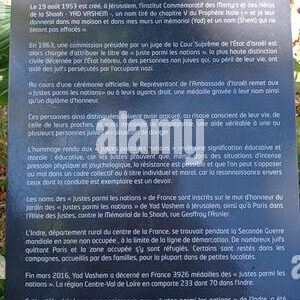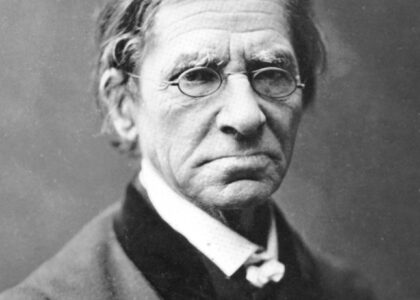Welcome to the Temple to Augustus and Roma, an architectural marvel rooted in the grandeur of Roman history. This site stands as a testament to the rich legacy of the Roman Empire, deeply intertwined with the life of its first emperor, Augustus.
The temple was constructed to honor both Augustus and the goddess Roma, symbolizing the unity and power of the Roman state. Although the precise date of its construction is not definitively known, it likely emerged during the early 1st century AD, as temples dedicated to Augustus were often erected throughout the empire following his deification after his death in AD 14.
Augustus, originally known as Octavian, was a pivotal figure in Rome’s transformation from a republic to an empire. His reign marked the beginning of the Pax Romana, a period of relative peace and stability that lasted over two centuries. This temple reflects the imperial cult that Augustus initiated, where emperors were venerated as gods.
As the Roman Empire expanded, temples like this one were built in various provinces to consolidate Roman rule and promote the emperor’s divine status. It served not only as a place of worship but also as a political symbol, reinforcing the emperor’s authority and the unity of the empire.
Over the centuries, the Temple to Augustus and Roma underwent numerous changes, mirroring the shifts in political and religious landscapes. With the spread of Christianity and the eventual decline of the Roman Empire, many such temples were repurposed or fell into disrepair.
Today, the remnants of this temple continue to draw visitors, offering a glimpse into the past and the enduring legacy of Augustus’ reign. As you explore the site, imagine the grandeur it once held and the pivotal role it played in the lives of those who lived during Rome’s imperial zenith.






